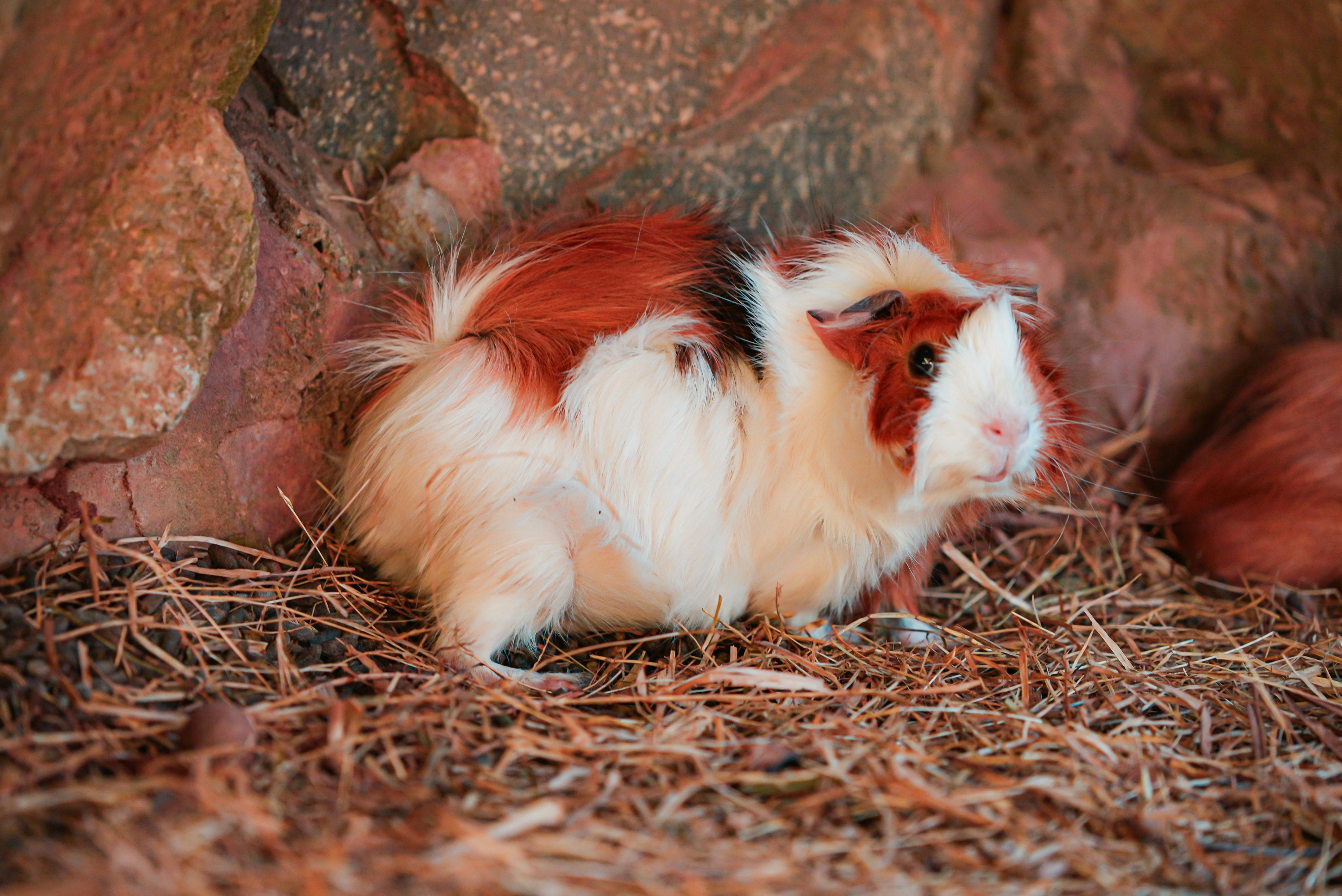Effective Ways to Care for Freshwater Aquarium Shrimp in 2025

Effective Ways to Care for Freshwater Aquarium Shrimp in 2025
Freshwater aquarium shrimp have gained immense popularity among aquatic pet enthusiasts due to their vibrant colors and fascinating behaviors. Whether you are a seasoned aquarist or a beginner, understanding the essentials of shrimp care is crucial for maintaining a healthy aquarium environment. This article provides insights into the best practices for caring for freshwater shrimp, featuring setup tips, feeding habits, breeding techniques, and more.
One of the primary advantages of keeping shrimp is their contribution to the tank's ecosystem as scavengers, helping keep the substrate clean. We'll explore various shrimp species, compatible tank mates, and optimal water parameters to ensure the well-being of your aquatic friends. Let’s delve into the effective ways to care for freshwater aquarium shrimp, equipping you with the knowledge needed to flourish in this rewarding hobby.
Key takeaways include an overview of shrimp tank setup, the selection of shrimp species, feeding guidelines, breeding strategies, and maintenance tips for ensuring a thriving shrimp community. Let's embark on this journey of shrimp care!
Essential Setup for a Shrimp Tank
Setting up a shrimp aquarium is the first step towards ensuring your shrimp thrive. Start by selecting the right tank size. A nano shrimp tank, typically around 5-10 gallons, is ideal for beginners as they require less water and are easier to manage. Ensure your tank has a suitable filtration system; a shrimp aquarium filter with gentle flow is essential to prevent shrimp from being swept away.
Next, choose a shrimp-friendly substrate. Fine substrates allow shrimp to forage naturally, enhancing their well-being. Incorporating live plants like best shrimp tank plants such as Java moss or Anubias not only provides hiding spots but also creates a natural and enriching environment.
Adding aquarium decorations, such as rocks or driftwood, can create valuable hiding places for shrimp. Ensure these elements are free from sharp edges to prevent injury. With the substrate and decorations in place, it’s time to think about the water parameters. Aim for steady temperatures between 70°F to 80°F, keep pH around 6.5 to 7.5, and maintain hardness between 6-10 dGH to provide a conducive environment for your shrimp.
Water Parameters for Optimal Shrimp Health
Maintaining optimal water conditions is key to shrimp health. Regularly monitor parameters with aquarium water test kits to ensure pH, hardness, and ammonia levels remain stable. Specifically, shrimp are sensitive to high ammonia levels, which can lead to significant health issues. Regular water changes of 10-20% per week can help maintain quality.
In addition to water testing, employing a reliable heating system is vital for temperature control. Invest in a shrimp tank heater if your home temperature fluctuates. Remember that sudden temperature changes can stress shrimp, so make adjustments gradually.
Choosing the Right Shrimp Species
Understanding the different types of freshwater shrimp is essential when setting up your shrimp aquarium. Among the most popular are the cherry shrimp, known for their vibrant red coloration, and the amano shrimp, famous for their algae-eating capabilities. For beginners, ghost shrimp are another good choice due to their hardiness and ease of care.
Ensure compatibility when selecting shrimp species and tank mates. Keeping shrimp with appropriate fish species that are not overly aggressive or large enough to eat shrimp will enhance the tank dynamics. Examples of compatible tank mates include small tetras and snails that will cohabitate peacefully.
Best Practices for Shrimp Tank Maintenance
Regular maintenance is crucial for the health of your shrimp. Be attentive to tank conditions, performing water tests weekly and adjusting filtration as needed. Avoid overfeeding, which can lead to poor water quality. Instead, follow a scheduled feeding regimen using shrimp food that is high in quality and suitable for various life stages. Foods high in calcium are essential for developing strong shells and supporting growth.
Observe your shrimp daily to catch any signs of illness or stress early. A healthy shrimp will have vibrant colors and be active, while a lethargic shrimp may indicate water quality issues or disease. Be prepared to take swift action if you notice abnormal behaviors by conducting a water change or adjusting tank parameters.

Feeding Your Freshwater Shrimp
Feeding shrimp properly is vital for their growth and overall health. A balanced diet should include a variety of food types tailored to their nutritional requirements. Shrimp are omnivores and enjoy different food sources, including algae wafers, blanched vegetables, and specially formulated shrimp pellets.
Implement a feeding schedule that caters to your shrimp's needs. Generally, feeding every other day is sufficient, avoiding overfeeding, which can result in uneaten food rotting and degrading water quality. Showcase various types of shrimp food and always ensure leftovers are removed after a few hours.
Understanding Shrimp Feeding Habits
Freshwater shrimp exhibit unique feeding habits, foraging by sifting through substrate and grazing on biofilm grown on tank surfaces. Their dietary needs also evolve through their life cycle; for instance, baby shrimp, or shrimp larvae, require finer food options that are high in protein. In contrast, adult shrimp can consume larger food items.
Utilizing a combination of pellets, flakes, and natural foods can provide well-rounded nutrition while keeping feeding engaging for your shrimp. Special attention to calcium-rich foods is crucial, as calcium supports shell development and overall health.
Common Mistakes in Shrimp Care
New shrimp owners often encounter a few common mistakes. One major error is not cycling the tank before introducing shrimp. Cycling ensures beneficial bacteria are established to handle the waste excreted by shrimp, facilitating a healthy environment.
Another mistake is inadequate water changes, which can lead to ammonia buildup and subsequent shrimp death. Establish a maintenance schedule, and always ensure your parameters remain stable before making any changes to the tank.
Breeding Freshwater Shrimp Successfully
For those interested in breeding shrimp, understanding their breeding cycle is essential. Establishing a breeding shrimp tank separate from the main tank is often advisable, allowing for better control over parameters and reducing stress on the breeding pairs. Ensure this tank is well-planted with lots of hiding spots for the baby shrimp post-hatching.

Breeding Tips for Successful Spawn
Creating the right environment for breeding shrimp involves lowering the water levels slightly and keeping the parameters stable. Regular water changes can stimulate breeding behavior, as fresh water can trigger reproductive hormones.
It's also essential to monitor the female shrimp's fertility. When a female carries eggs, she will display a dark coloration on her belly, signaling that the breeding process is in motion. Ensure that the tank is free from threats, as female shrimp need a quiet space to safely carry and hatch their eggs.
Understanding the Shrimp Life Cycle
The shrimp life cycle progresses through distinct stages from eggs to larvae, eventually maturing into adult shrimp. After a short gestation period, the female releases tiny baby shrimp known as "fry," which are usually miniature replicas of their parents. They will begin to forage for food and require proper diet from day one to ensure healthy development.
Providing a rich habitat filled with plants and hiding places increases the chances of their survival, allowing them to thrive without being preyed upon. Observing and understanding this life cycle aids in setting the right conditions for your shrimp's reproduction success.
Dealing with Shrimp Health Issues
Maintaining shrimp health requires awareness of common diseases and health indicators. Look out for signs of stress, such as faded colors or lethargy, which can point to problems in the tank environment. Shrimp molting is a natural process; however, complications can arise, so ensuring a calcium-rich diet supports healthy molting.
If shrimp do become sick, consider implementing a quarantine system for affected individuals to prevent the spread of disease throughout the tank. Familiarize yourself with the symptoms of known shrimp diseases, such as shell rot or bacterial infections, to act as needed.
Conclusion
By following these effective care tips for freshwater aquarium shrimp, you can create a thriving aquatic environment while enjoying the vibrant behaviors and colors of your shrimp. Adhering to water quality standards, nurturing their diet and breeding practices, and understanding their life cycle will yield a successful shrimp keeping experience.
Armed with this knowledge, maintain your shrimp habitats diligently to witness the remarkable beauty and delight these creatures offer in the aquatic world. Happy shrimp keeping!